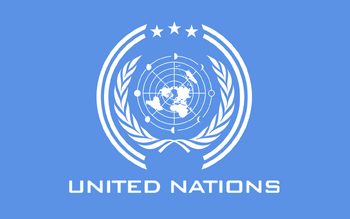
The 2019 Global Multidimensional Poverty Index has indicated that “multi dimensionally poor” Nigerians increased from 86 million to 98 million between 2007 and 2017.
The report released in New York on Thursday by the United Nations Development Programme and the Oxford Poverty and Human Development Initiative revealed that in Nigeria, even though the proportion of people who are multidimensionally poor has remained constant at just over 50% over the past decade (2007 to 2017), the actual number of people who are multidimensionally poor increased from 86 million to 98 million over the same period.
“Also, important to note from the report is that when compared to the national poverty line which measures income/consumption, a larger proportion on Nigerians (51%) are multidimensionally poor than those that are income poor (46%)”, it read.
“Even though the national average shows that around 50% of Nigeria an multidimensionally poor, state and local government levels will reveal a completely different scenario.
“We need—even amongst those living in poverty—to understand people’s different experiences of deprivation. Are they malnourished? Can they go to school? Only then will poverty reduction policies be both efficient and effective,“ says Pedro Conceição, Director of the Human Development Report Office at UNDP.
“We looked at data for a group of ten middle- and low-income countries and we found encouraging news that the bottom 40 percent were moving faster than the rest,” says Sabina Alkire, OPHI Director.
“A pro-poor pattern that reduces inequalities in several Sustainable Development Goals,” he added.
Reacting, Achim Steiner, UNDP Administrator, said: “To fight poverty, one needs to know where poor people live. They are not evenly spread across a country, not even within a household.
“The 2019 global Multidimensional Poverty Index provides the detailed information policy makers need to more effectively target their policies.”